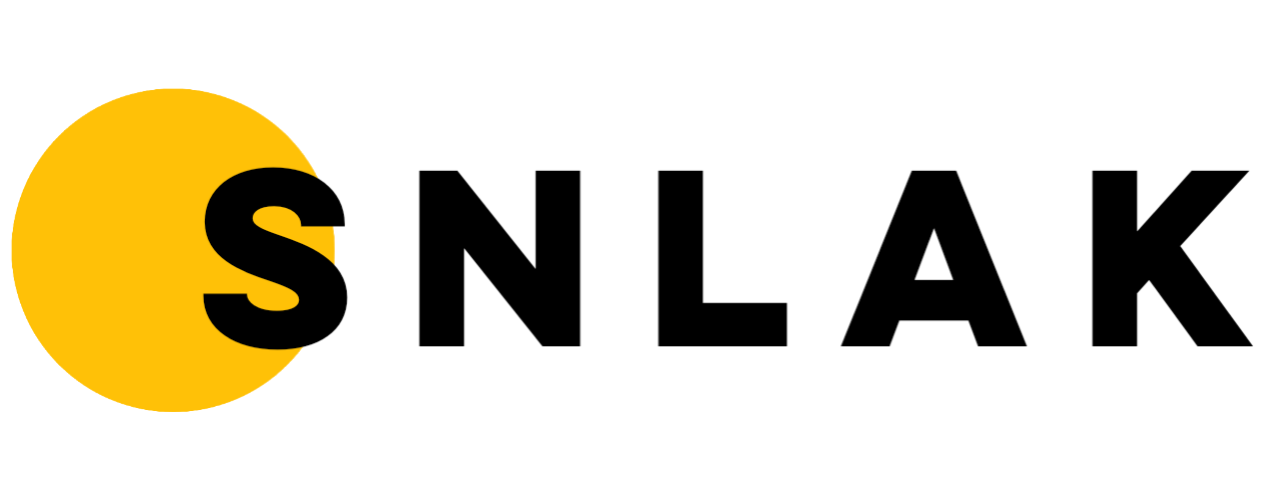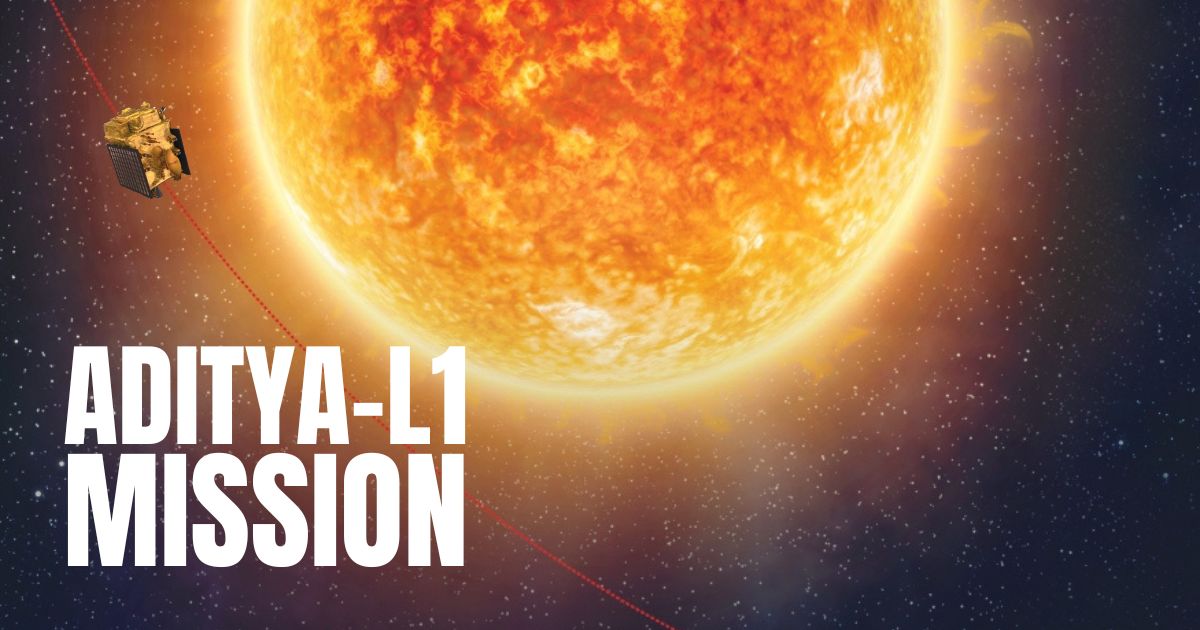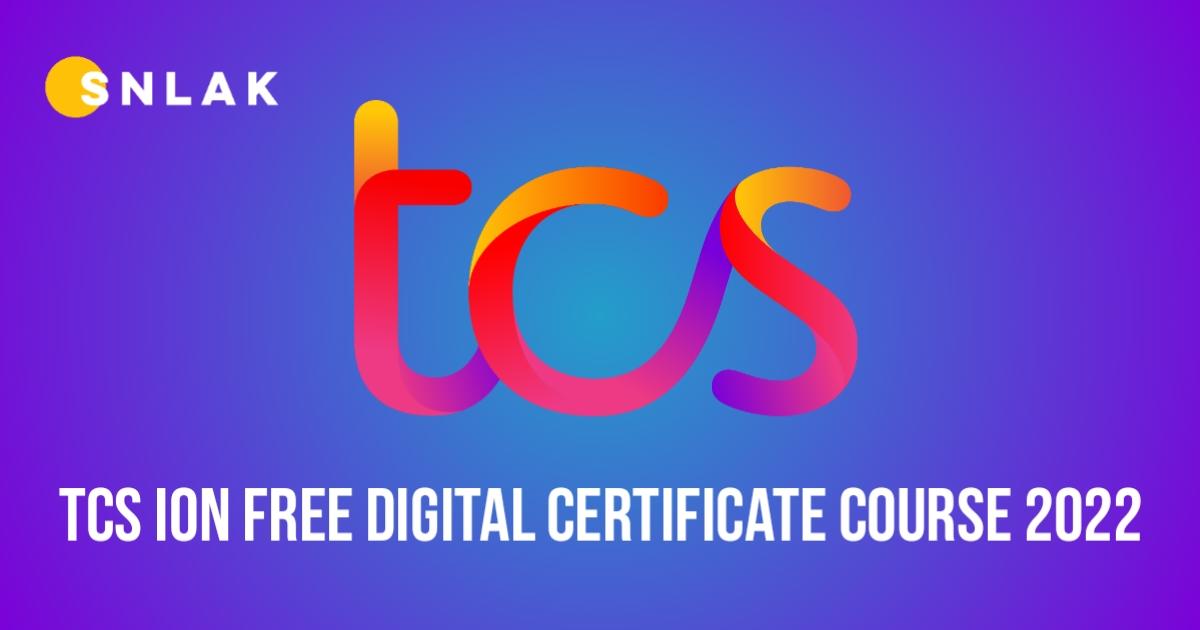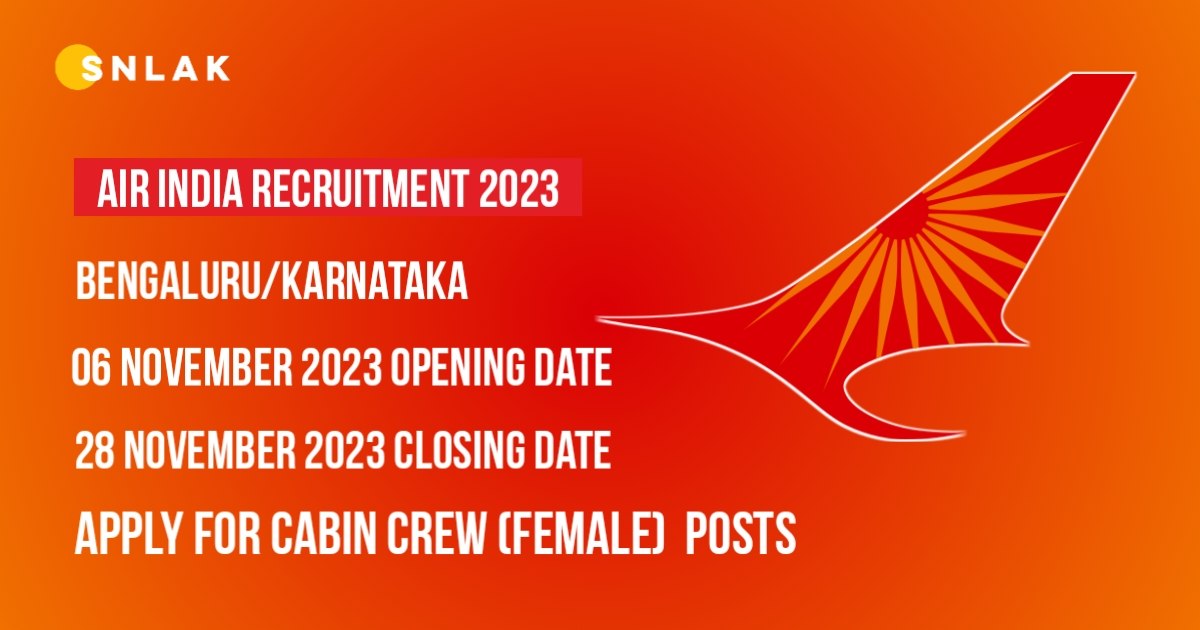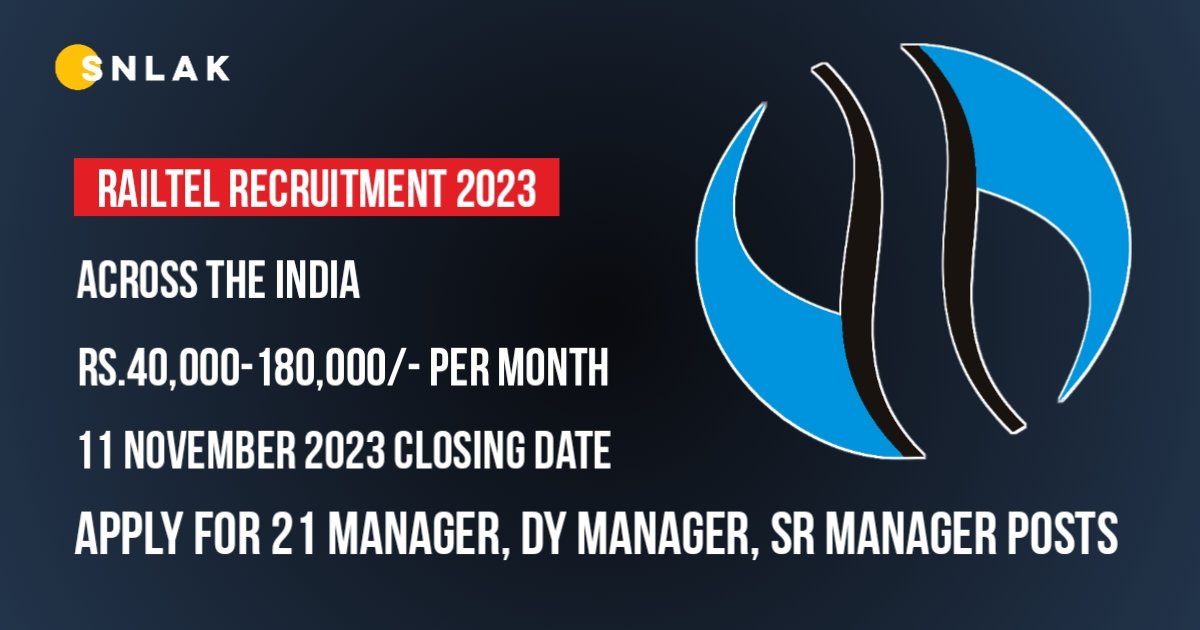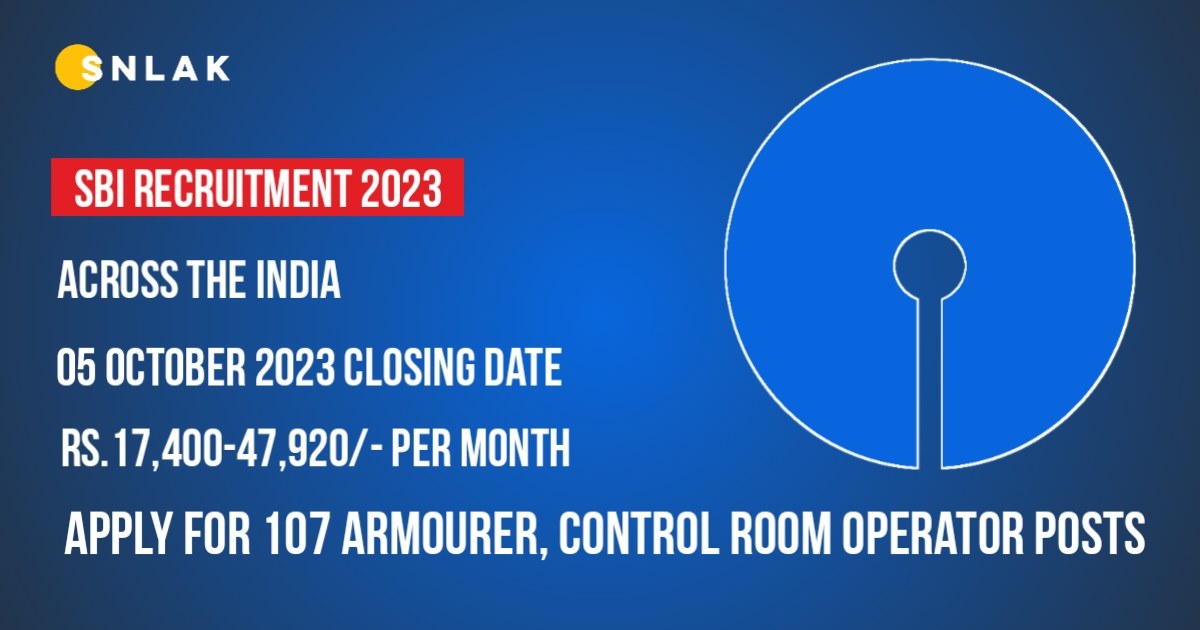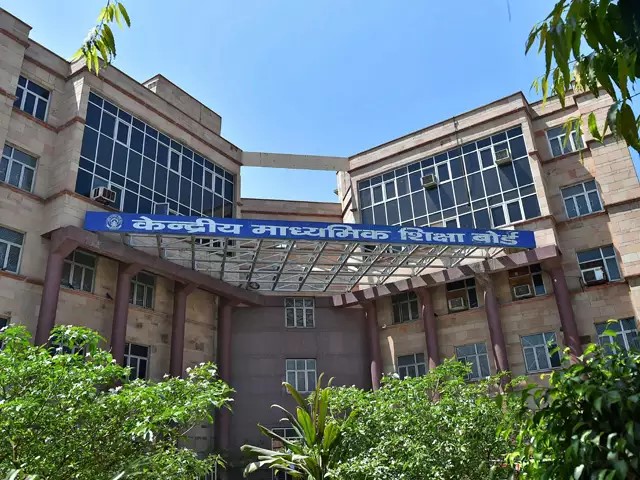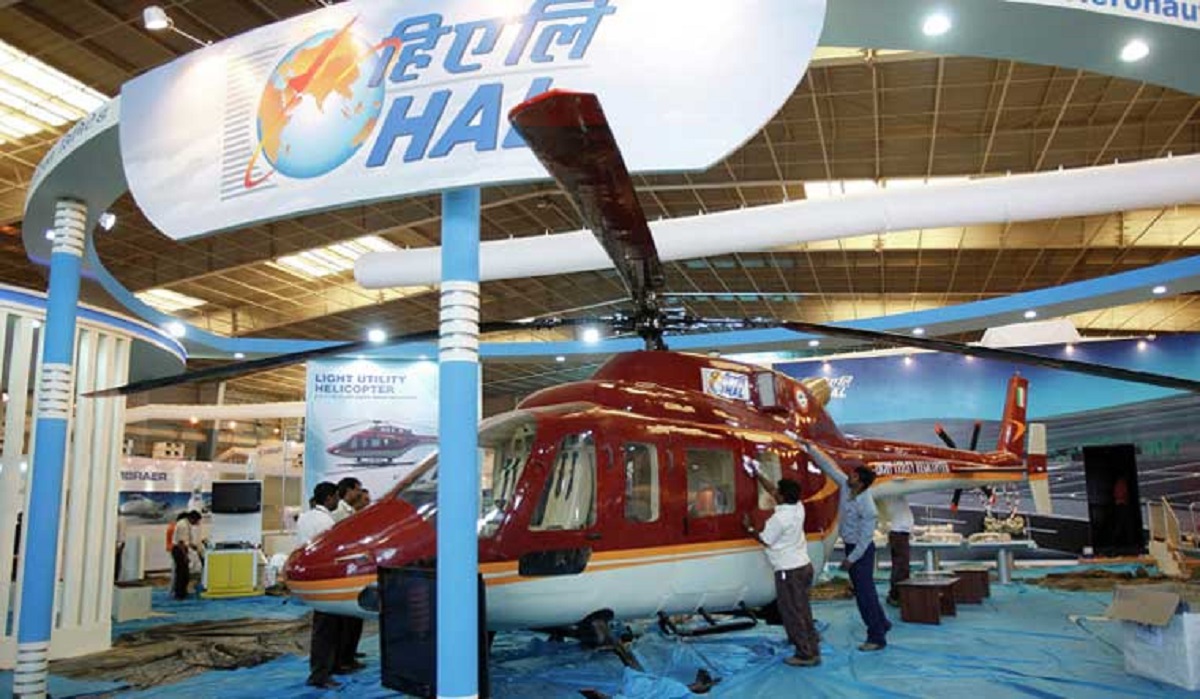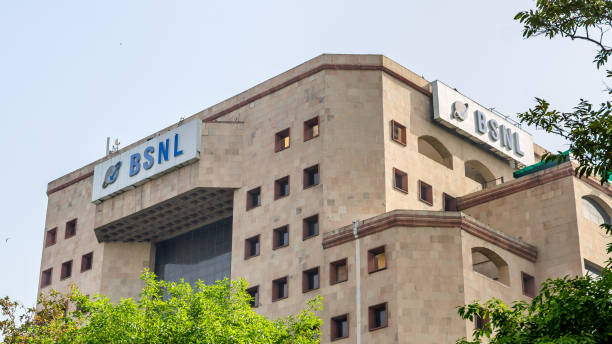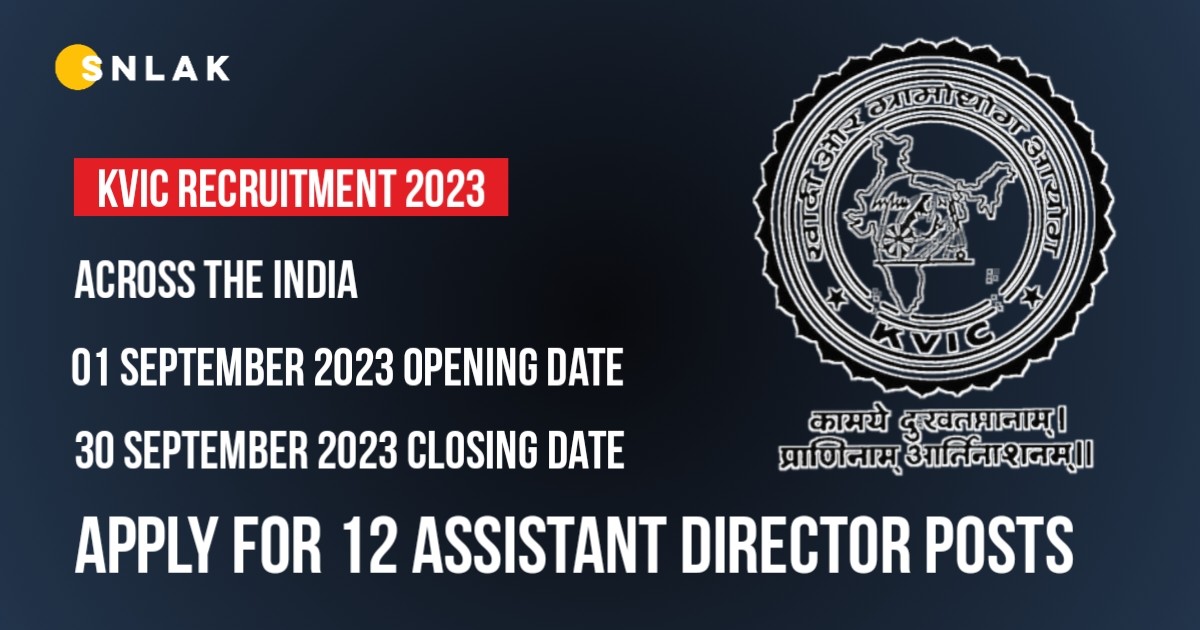Aditya L1 will be the first space-based Indian mission to study the Sun. The spacecraft is placed in a halo orbit around Lagrange Point 1 (L1) of the Sun-Earth system, approximately 1.5 million km from Earth. A satellite placed in a halo orbit around the L1 point has the major advantage of observing the Sun continuously without any eclipse/eclipse. This is of great benefit in observing solar activity and its effect on space weather in real time. The spacecraft will carry seven payloads to observe the photosphere, chromosphere and the Sun’s outer layers (corona) using electromagnetic and particle and magnetic field probes. Using a special vantage point L1, four payloads will observe the Sun directly and the remaining three payloads will conduct location studies of particles and fields at the Lagrange point L1, thus providing important scientific studies of the propagation effect of solar dynamics in the interplanetary medium. We do.
| Mission Name | Aditya-L1 |
| Agency | Indian Space Research Organisation (ISRO) |
| Launch Date | September 2, 2023 |
| Launch Pad | Satish Dhawan Space Centre (SDSC) SHAR, Sriharikota, Andhra Pradesh |
| Mission Duration | 5 Years |
| Budget/Cost | ₹400 crores (US$50 million) |
| Orbit | Halo orbit around the Sun-Earth L1 point |
| Official Website | https://www.isro.gov.in/Aditya_L1.html |
| Read Full Details in PDF | 1st PDF & 2nd PDF |
| Aditya-L1 Brochure | Download PDF |
| WATCH LIVE: YouTube | Click Here |
The suite of Aditya L1 payloads is expected to provide important information for understanding the problem of coronal heating, coronal mass ejection, pre-flare and flare activities and their characteristics, space weather dynamics, dispersion of particles and regions etc.
Aditya-L1 Launch Date
Aditya-L1 is a proposed solar mission by the Indian Space Research Organisation (ISRO). It is scheduled to be launched on September 2, 2023, from the Satish Dhawan Space Centre in Sriharikota.
WATCH LIVE: Launch of PSLV-C57/Aditya-L1 Mission from Satish Dhawan Space Centre (SDSC) SHAR, Sriharikota
Aditya-L1 Budget
The Aditya-L1 mission has a budget of ₹400 crore (about US$50 million) until September 2023. This budget covers the cost of spacecraft development, launch and operations.
The mission was initially estimated to cost ₹378.53 crore (about US$47 million) in 2019. However, costs increased due to factors such as the increasing cost of space components and the need to make modifications to the spacecraft design.
The Aditya-L1 mission is a solar mission that studies the Sun’s corona, a region of hot plasma that extends far beyond the Sun’s visible surface. The mission will also study the solar wind, the stream of charged particles flowing from the Sun.
The Aditya-L1 spacecraft will be placed in a halo orbit around the Sun-Earth Lagrange point L1, a point in space where the gravitational pull of the Sun and Earth is equal. This orbit allows the spacecraft to study the Sun from a vantage point that is not obscured by Earth.
The Aditya-L1 mission is scheduled for launch in September 2023 and will operate for a period of five years.
ISRO Aditya-L1 Mission Budget:
- Spacecraft Development Cost: ₹200 crore (about US$25 million)
- Launch Cost: ₹100 crore (approx. US$12.5 million)
- Operations Cost: ₹100 crore (approx. US$12.5 million)
Spacecraft development costs include the design, construction and testing of the spacecraft. Launch costs include the cost of the launch vehicle and associated ground support equipment. Operating cost includes cost of ground stations, data processing and scientific analysis.
The Aditya-L1 mission is a flagship mission for the Indian Space Research Organization (ISRO). The mission is expected to contribute significantly to our understanding of the Sun and its effects on Earth.
Chandrayaan-3 X Aditya-L1 Budget Comparison
The budget of Chandrayaan-3 was around Rs 615 crore (US$75 million). Of that, the lander, rover and propulsion module cost Rs 250 crore (US$31 million) and the launch services cost around Rs 365 crore (US$44 million).
The budget of Aditya L1 is expected to be Rs 378 crore (US$45 million) or Rs 400 crore (US$50 million).
| Chandrayaan-3 | Aditya-L1 |
|---|---|
| Rs 615 crore (US$75 million) | Rs 378 crore (US$45 million) or Rs 400 crore (US$50 million) |
Aditya-L1 Payloads
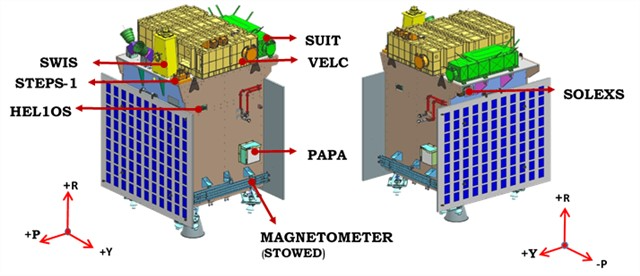
The Aditya-L1 mission is a solar mission by the Indian Space Research Organization (ISRO) to study the Sun’s atmosphere, specifically the chromosphere and corona. The spacecraft carries seven payloads to observe the Sun at different wavelengths of light.
There Are Four Remote Sensing Payloads:
- Visible Emission Line Coronagraph (VELC): This is the main payload of Aditya-L1. It is a coronagraph that uses a specially designed mirror to block light from the sun’s disk so that the corona can be observed. VELC images the corona in the visible light range.
- Solar Ultraviolet Imaging Telescope (SUIT): This is a telescope that images the Sun in the ultraviolet light range. SUIT is used to study the Sun’s chromosphere and transition region.
- Solar Low Energy X-ray Spectrometer (SoLEXS): This is a spectrometer that measures X-rays emitted by the Sun. SoLEXS is used to study the hot plasma in the corona.
- High Energy L1 Orbiting X-ray Spectrometer (HEL1OS): This is a spectrometer that measures high-energy X-rays emitted by the Sun. HEL1OS is used to study solar flares and other explosive events.
There Are Three in-situ Payloads:
- Magnetometer: It measures Sun’s magnetic field and solar wind.
- Plasma Analyzer: It measures the composition and temperature of the solar wind.
- Energetic Particle Detector: It measures the energy and flow of energetic particles from the Sun.
- The Aditya-L1 mission is scheduled for launch in 2023. It is placed in a halo orbit around the Sun-Earth L1 point, about 1.5 million kilometers from Earth. The mission is expected to last for five years.
The Aditya-L1 mission is a significant step forward in our understanding of the Sun. Data from the mission will help us better understand the processes that heat the corona and accelerate the solar wind. This knowledge is critical to improving our ability to predict space weather events, which have significant impacts on Earth’s climate and technology.
What is ISRO Science Objectives Of Aditya-L1
The Aditya-L1 mission is the first Indian mission to study the Sun at close range. It will be placed in a halo orbit around the Sun-Earth Lagrange point L1, about 1.5 million kilometers from Earth.
The Main Science Objectives of the Mission are:
- Study the dynamics of the Sun’s atmosphere (chromosphere and corona)
- Study the physics of partially ionized plasma in the solar atmosphere
- Understand the mechanisms of coronal heating and solar flares
- Study the propagation of solar particles and fields in the interplanetary medium
The Aditya-L1 Spacecraft will Carry Seven Payloads to Carry out its Science Missions. These payloads include:
- Visible Emission Line Coronagraph (VELC) for imaging the solar corona.
- Solar Ultraviolet Imaging Telescope (SUIT) to image the Sun’s chromosphere and transition region.
- Solar X-ray Spectrometer (SXS) to study the Sun’s X-ray emission.
- Solar Wind Plasma Analyzer (SWAP) to study the solar wind.
- Solar Electron Proton Alpha Monitor (SEPAM) to study solar energy particles.
- Magnetometer (MAG) to measure the Sun’s magnetic field.
- Charged Particle Telescope (CPT) to study charged particles in the solar wind.
The Aditya-L1 mission is expected to provide valuable information about the physics of the Sun and its impact on Earth’s space environment. Data from the mission will be used to improve our understanding of solar storms and other space weather phenomena, which have significant impacts on telecommunications, navigation and power grids.
The Aditya-L1 mission is a major milestone for ISRO and will help establish India as a leading spacefaring nation. The mission is a testament to the growing collaboration between Indian and international scientists.
ADITYA-L1 Mission Details
Aditya-L1 is a satellite dedicated to the comprehensive study of the Sun. It has developed 7 different payloads, all developed locally. Five from ISRO and two from Indian academic institutions in collaboration with ISRO.
Aditya means Sun in Sanskrit. L1 here denotes the Lagrange point 1 of the Sun-Earth system. For general understanding, L1 is a place in space where the gravitational forces of two celestial bodies such as Sun and Earth are balanced. This allows the object placed there to remain relatively stationary with respect to both celestial bodies.
After its scheduled launch on September 2, 2023, Aditya-L1 will remain in Earth orbit for 16 days, during which it will undergo 5 maneuvers to gain the necessary speed for its journey. Subsequently, Aditya-L1 undergoes a trans-Lagrangian1 insertion maneuver, marking the start of its 110-day trajectory to its destination around the L1 Lagrange point. After arriving at the L1 point, another maneuver binds Aditya-L1 into orbit around L1, the point of balanced gravity between the Earth and the Sun. The satellite spends its entire operational life orbiting L1 in an irregularly shaped orbit in a plane approximately perpendicular to the line joining the Earth and the Sun.
Strategic placement at the L1 Lagrange point ensures that Aditya-L1 maintains a continuous, unobstructed view of the Sun. This location allows solar radiation and magnetic storms to enter the satellite before being affected by Earth’s magnetic field and atmosphere. Additionally, the gravitational stability of the L1 point reduces the need for frequent orbital maintenance efforts, optimizing the satellite’s operational capability.
Quick facts: Aditya-L1 will remain approximately 1.5 million km from Earth, directed towards the Sun, which is about 1% of the Earth-Sun distance. The Sun is a giant sphere of gas, and Aditya-L1 will study the Sun’s outer atmosphere. Aditya-L1 does not land on the Sun or approach the Sun.
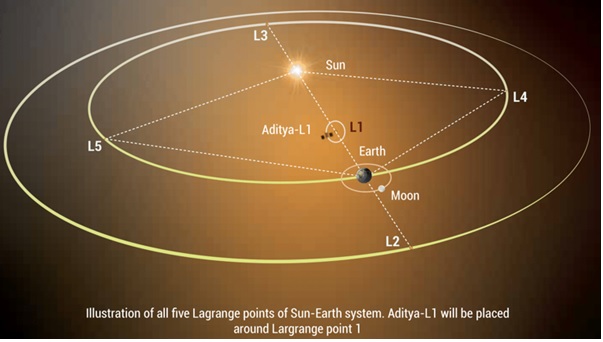
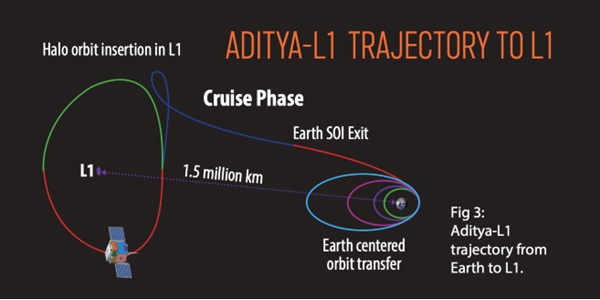
Mission Details: PSLV-C57/ADITYA-L1 Mission – Press Release
Successful launch of PSLV-C57 with Aditya-L1 spacecraft – press release
Today, on September 02, 2023, at 11.50 hrs, the Polar Satellite Launch Vehicle (PSLV-C57) successfully launched the Aditya-L1 spacecraft from the second launch pad of Satish Dhawan Space Center (SDSC), Sriharikota.
After a flight duration of 63 minutes and 20 seconds, the Aditya-L1 spacecraft was successfully inserted into an elliptical orbit of 235×19500 km around the Earth.
Aditya-L1 is the first Indian space-based observatory to study the Sun from a halo orbit around the first Sun-Earth Lagrangian point (L1), approximately 1.5 million km from Earth.
The Aditya-L1 spacecraft will undergo four Earth orbit maneuvers before being placed in a transfer orbit towards the Lagrange point L1. Aditya-L1 is expected to reach the target orbit to the L1 point after about 127 days.
Aditya-L1 carries seven science payloads locally developed by ISRO and national research laboratories including the Indian Institute of Astrophysics (IIA), Bangalore and the Inter-University Center for Astronomy & Astrophysics (IUCAA), Pune.
Aditya-L1 Mission Gallery
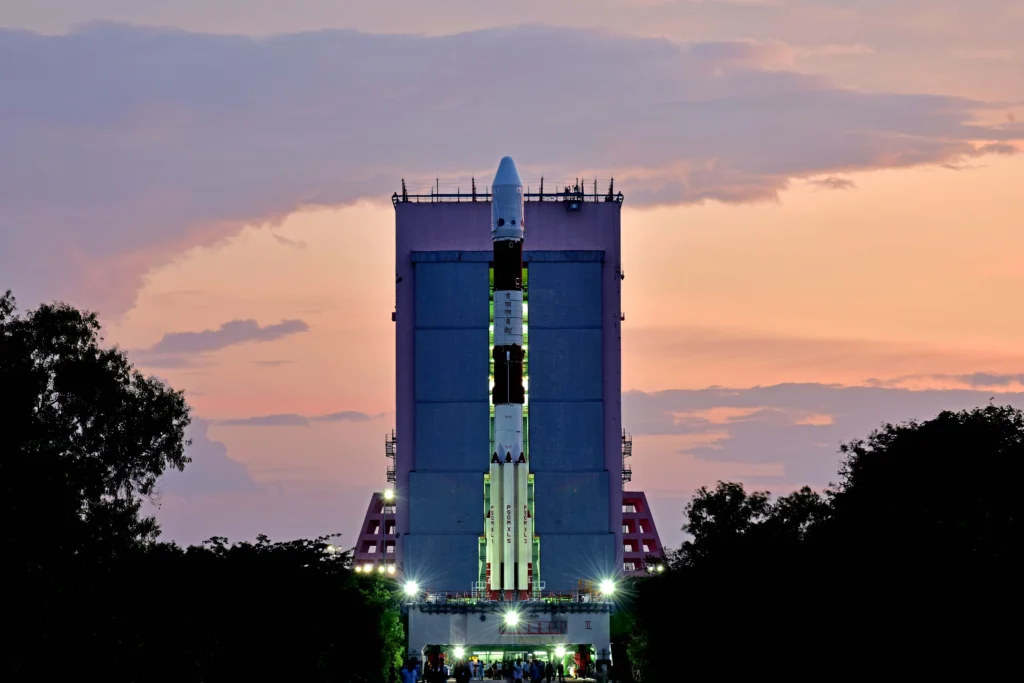
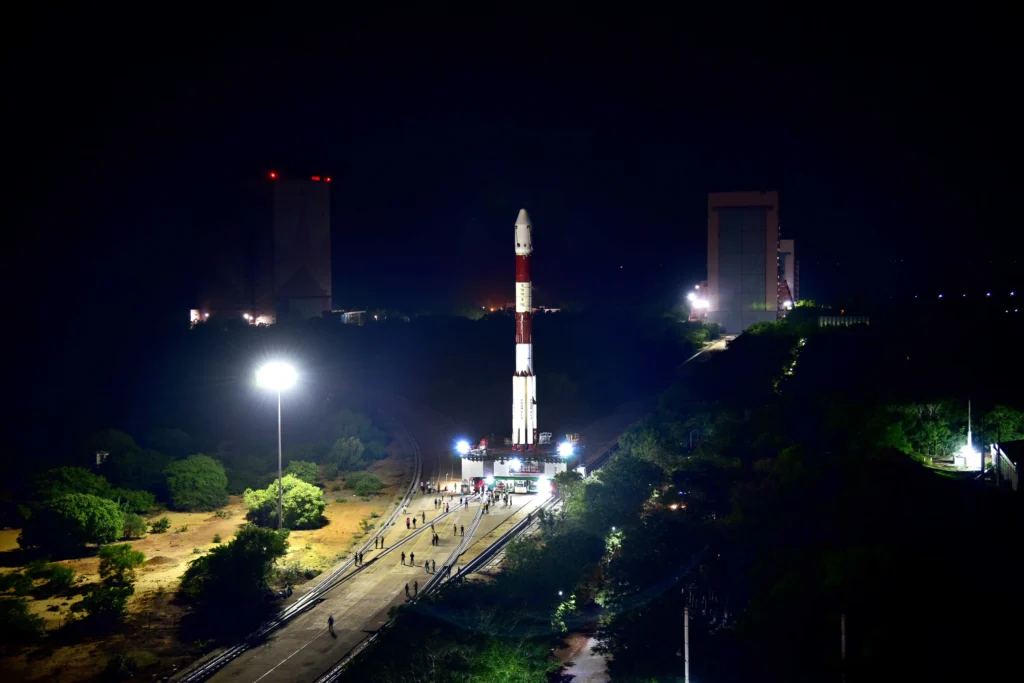
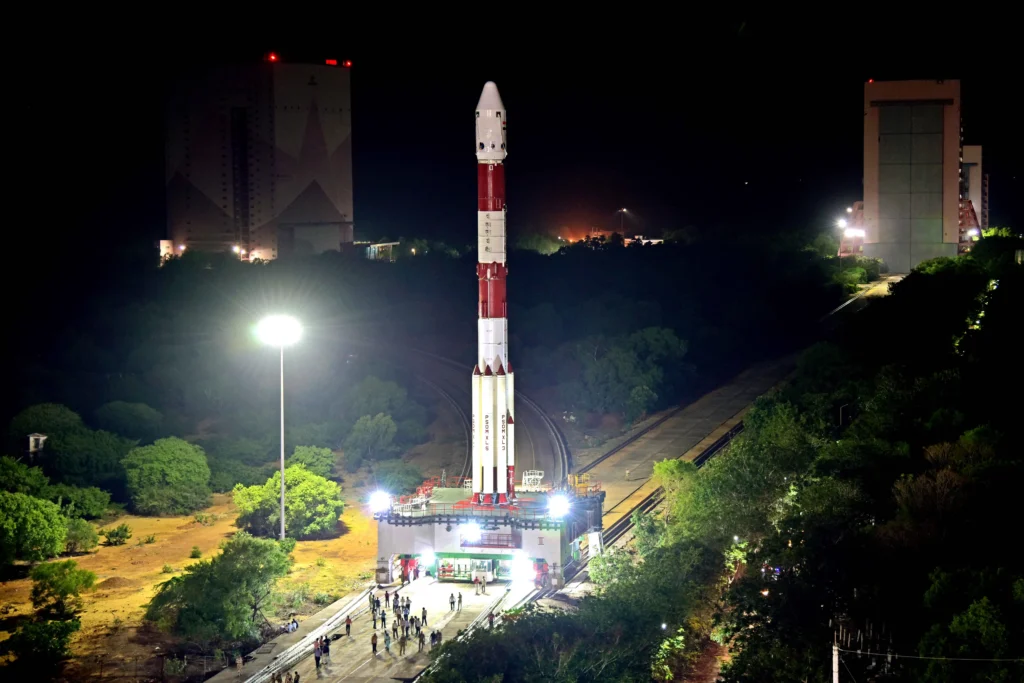
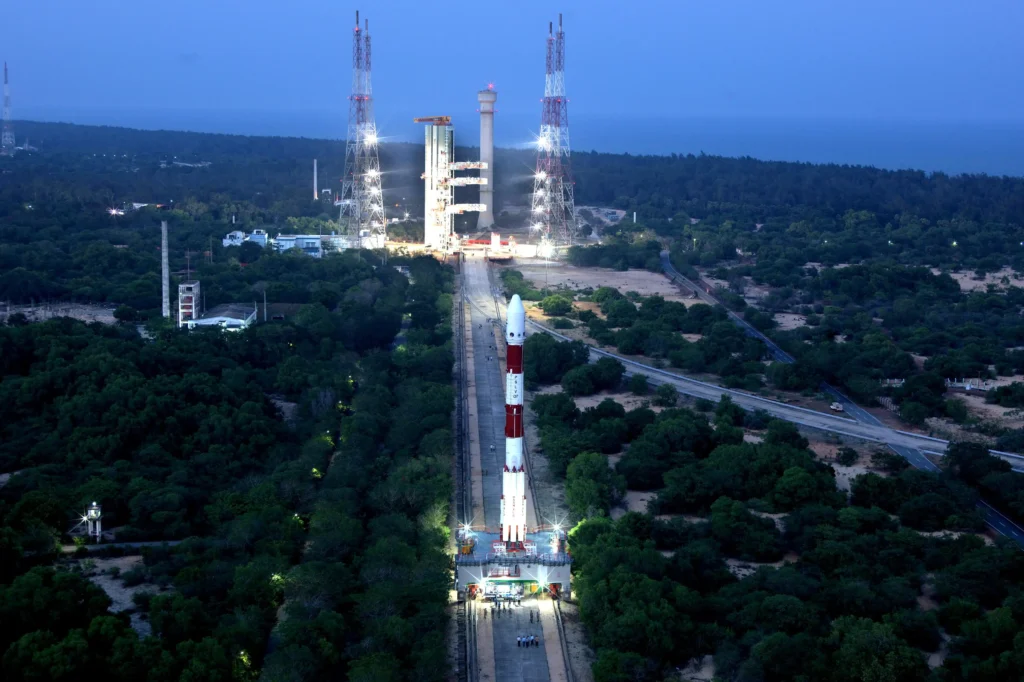
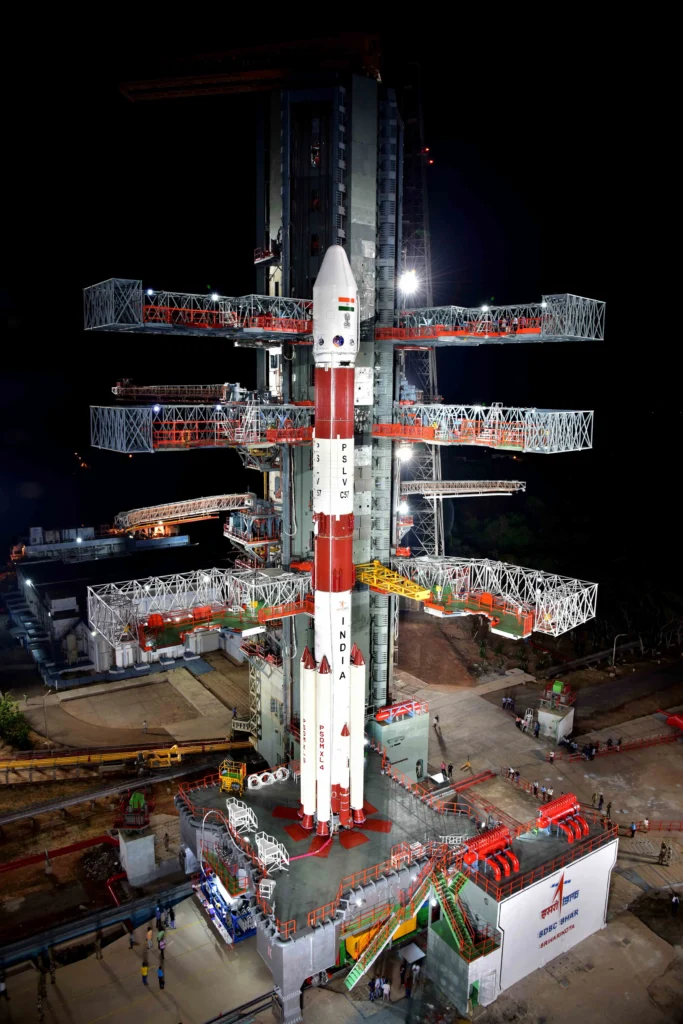

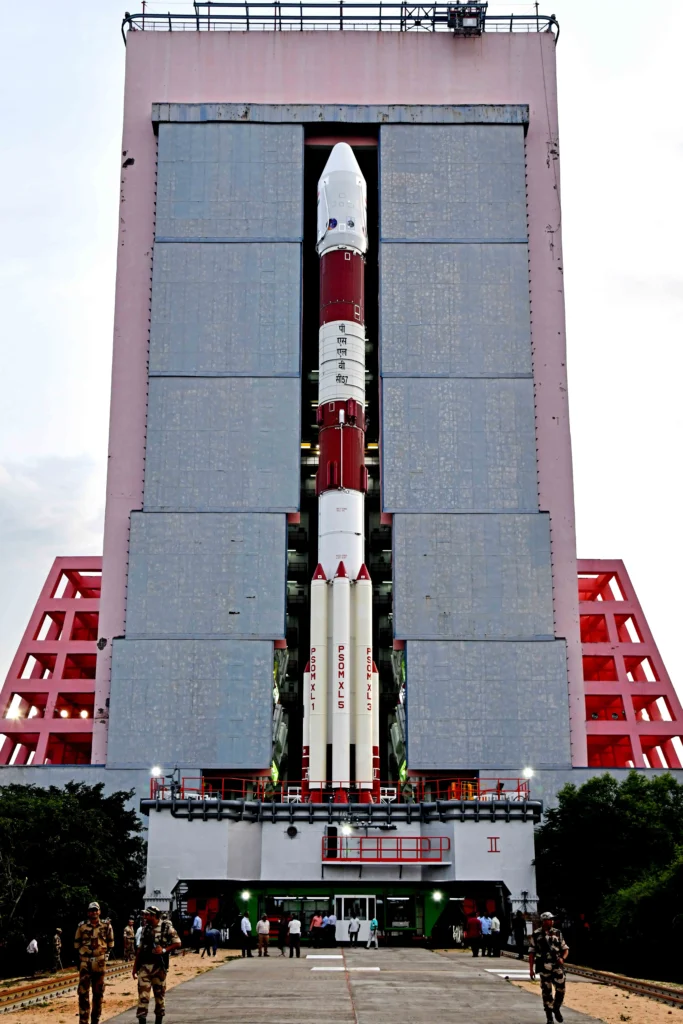
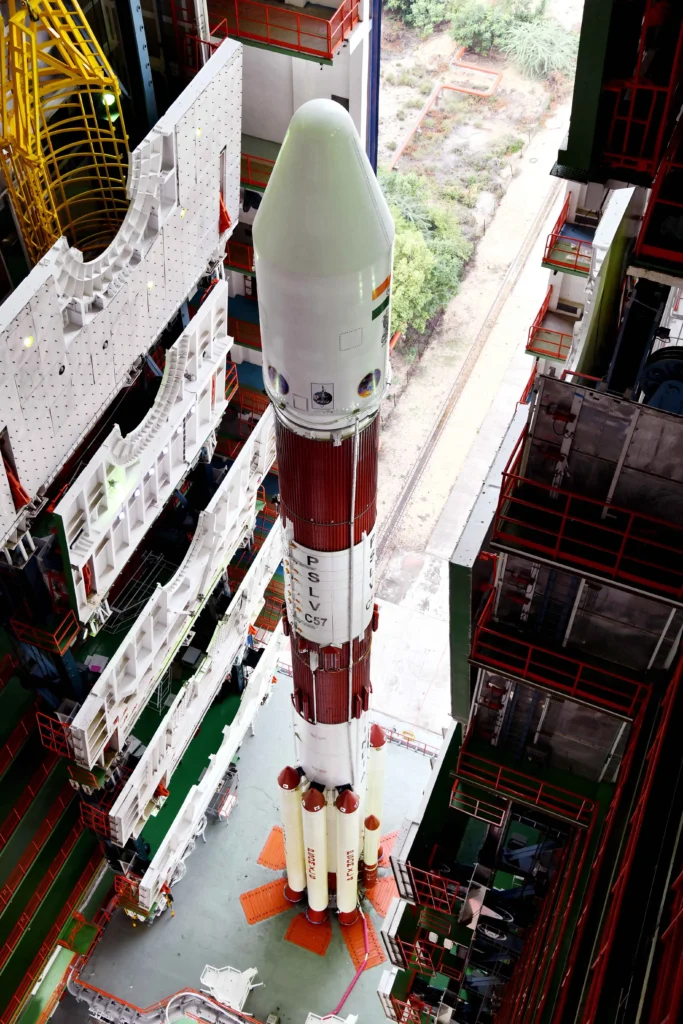
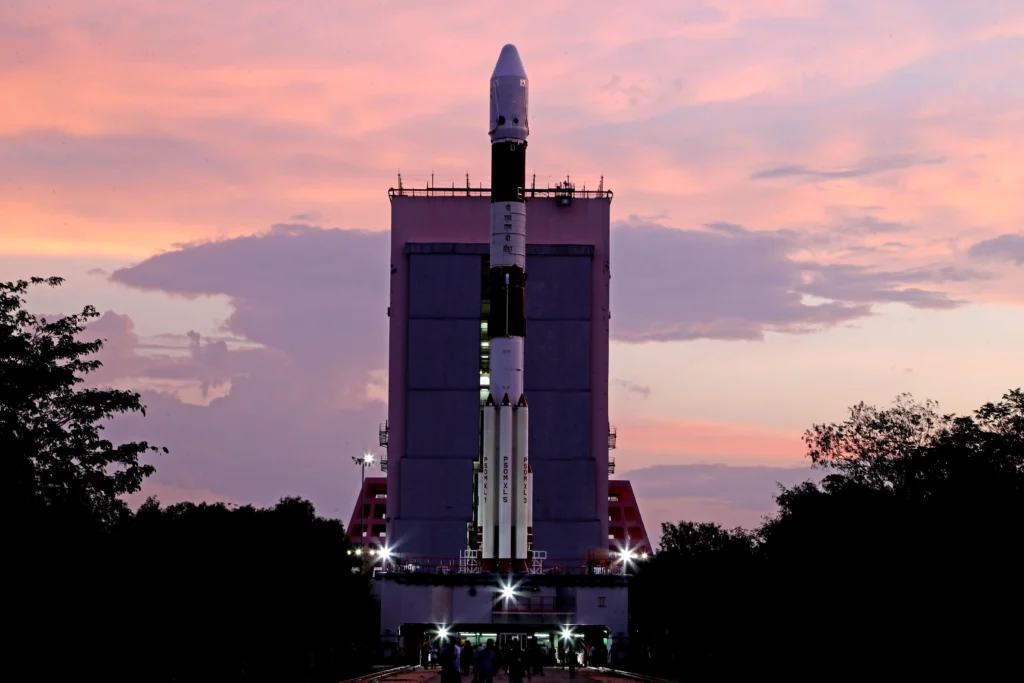
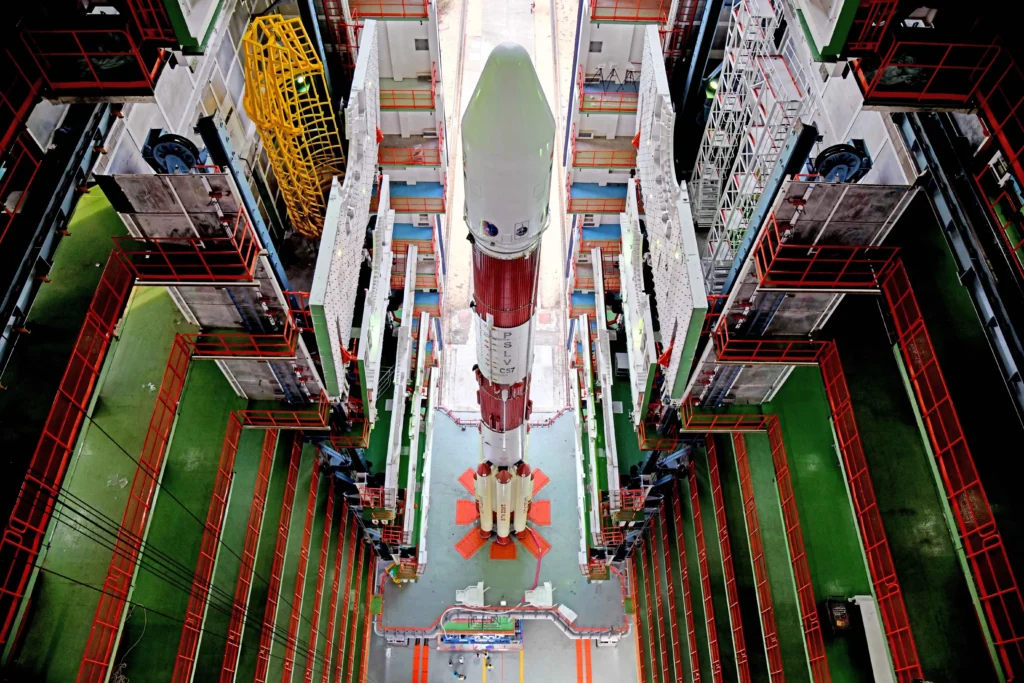
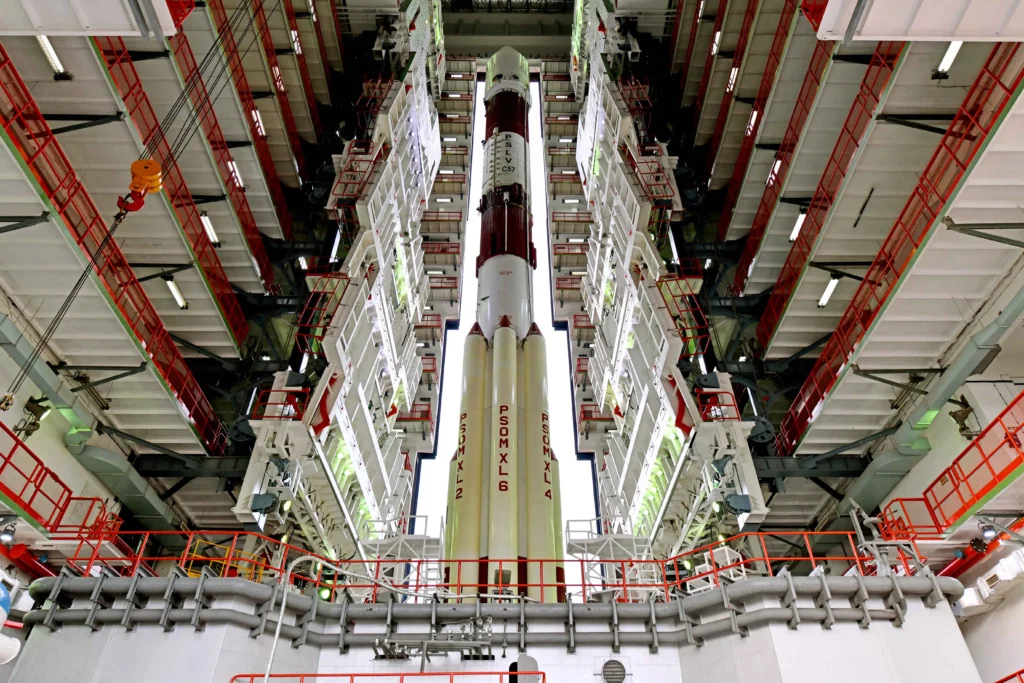
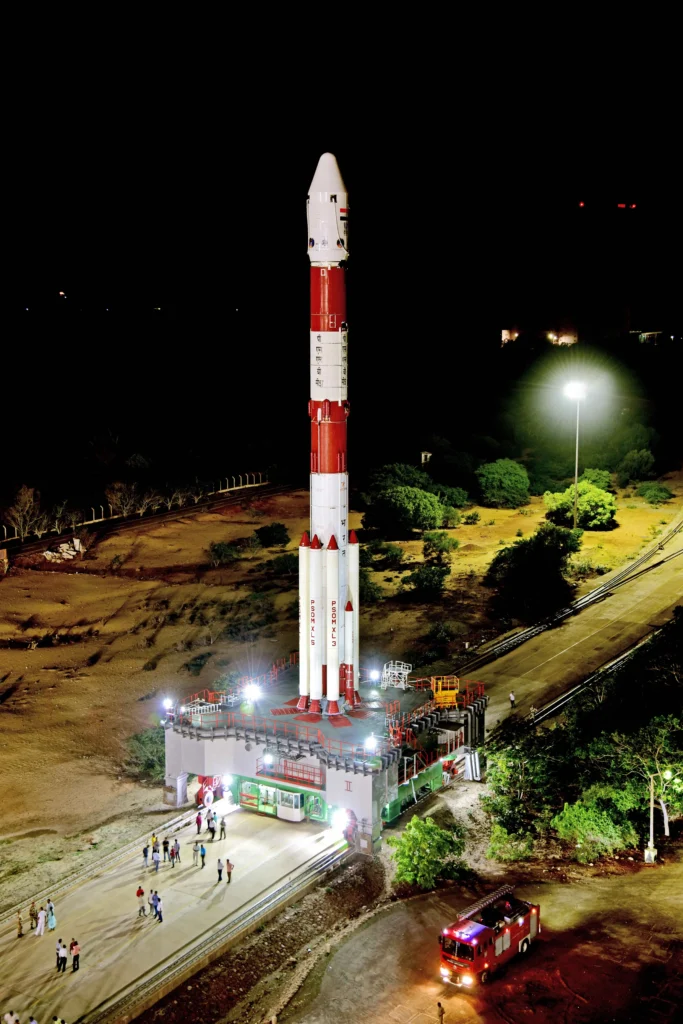
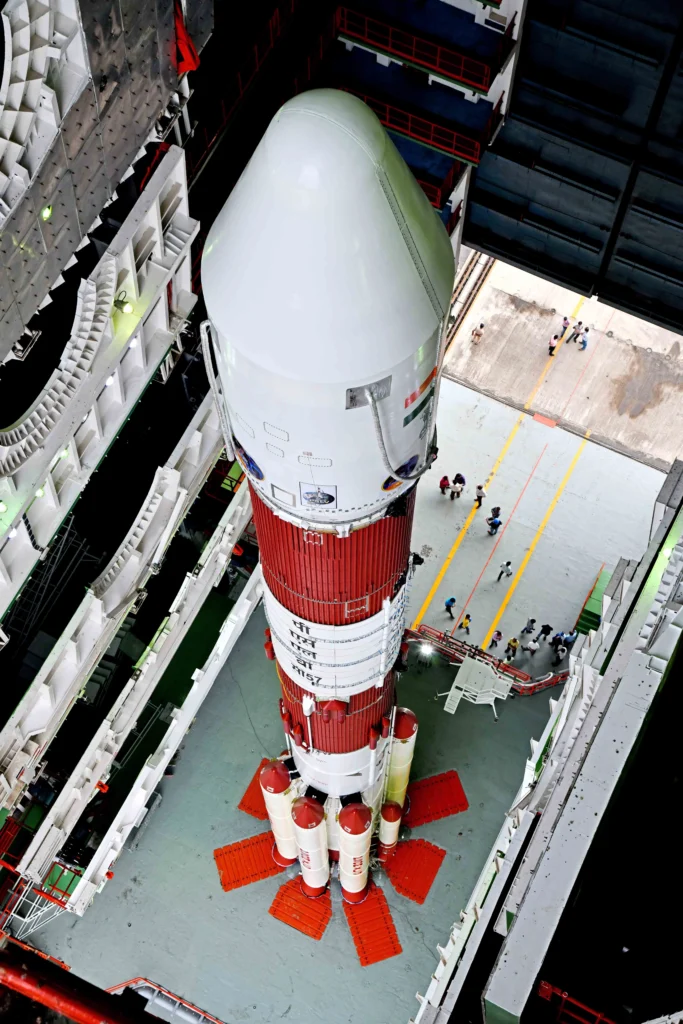
Read Aditya-L1 Mission 1st Booklet PDF
The Aditya-L1 Mission Booklet is a comprehensive guide to India’s first solar mission, Aditya-L1. The booklet provides information on the mission’s objectives, payloads, spacecraft, launch, and operations.

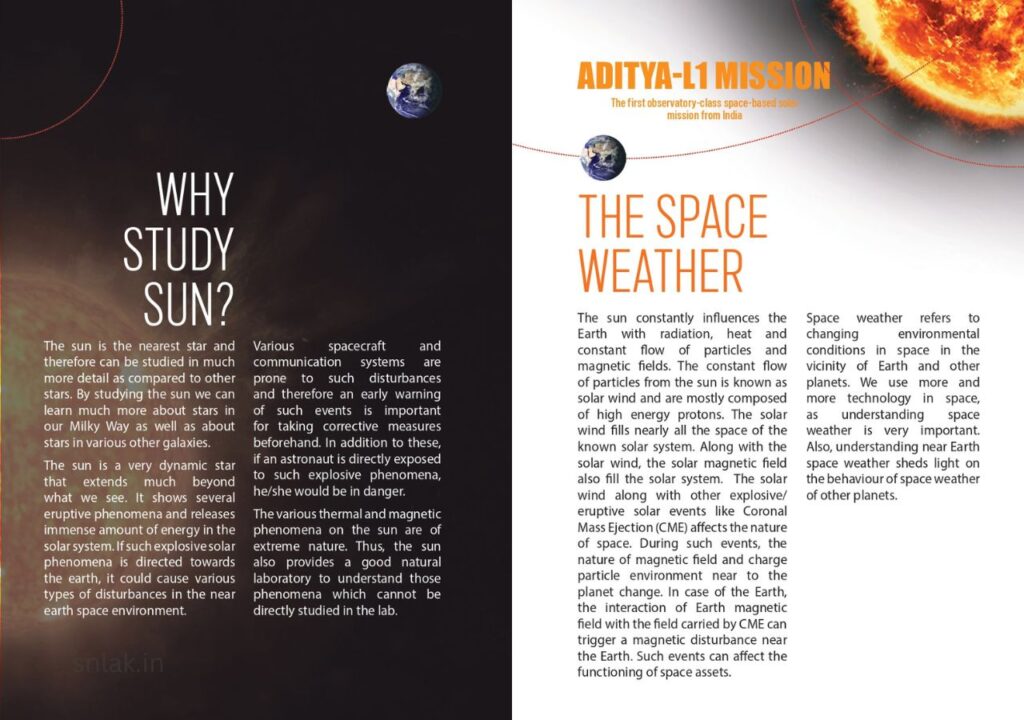
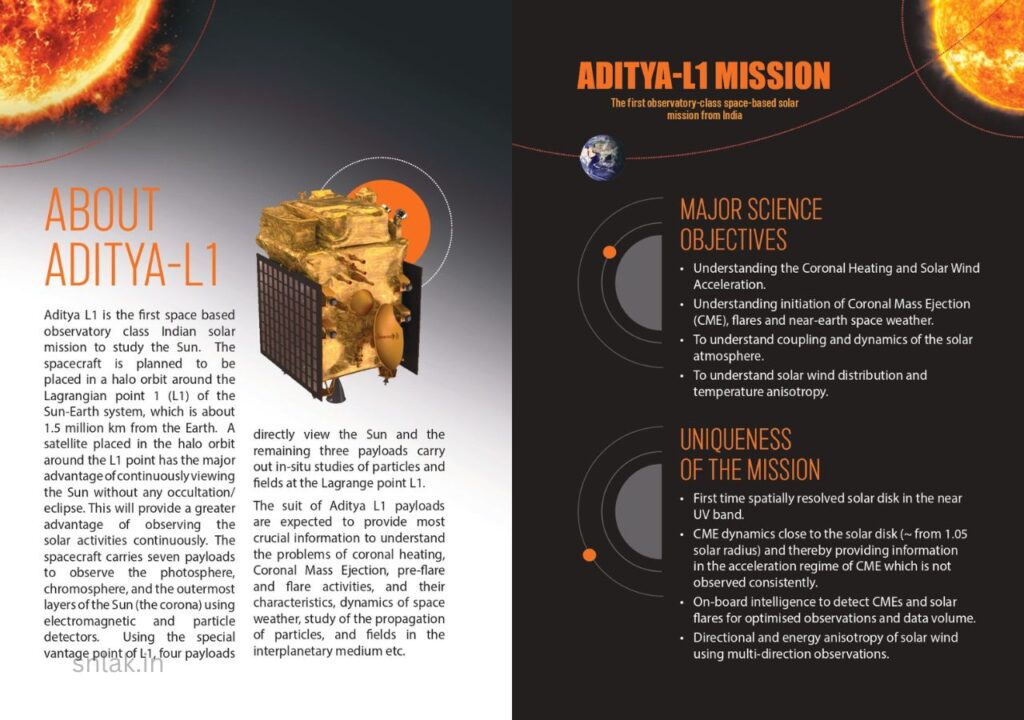
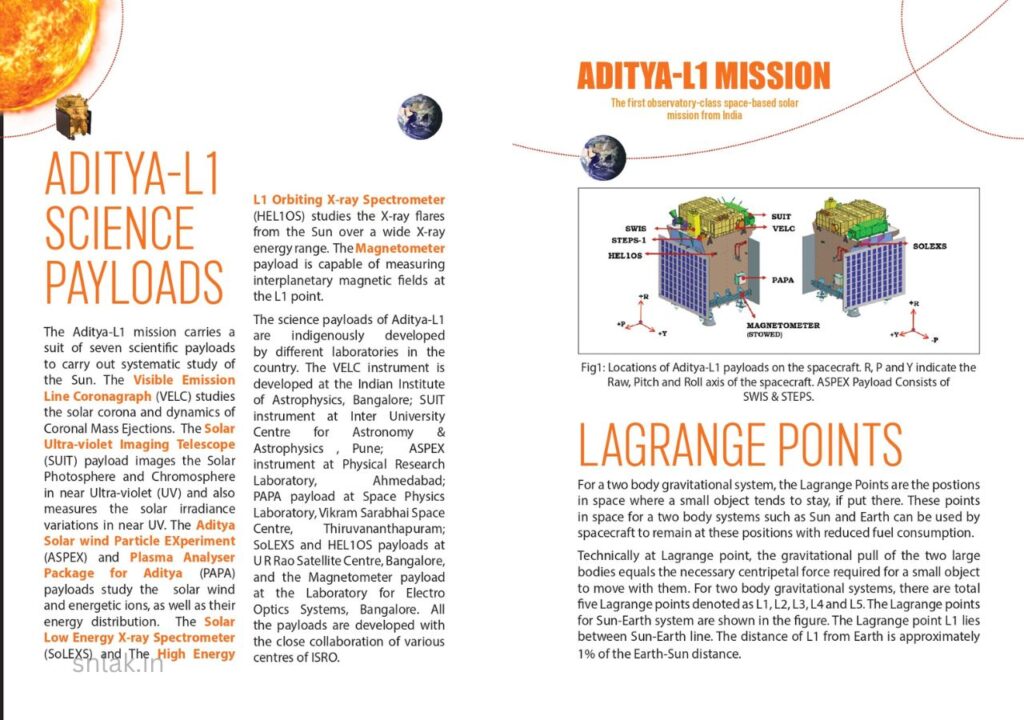


Read Aditya-L1 Mission 2nd Booklet PDF
| Download Aditya-L1 Mission 2nd Booklet PDF | Click Here |

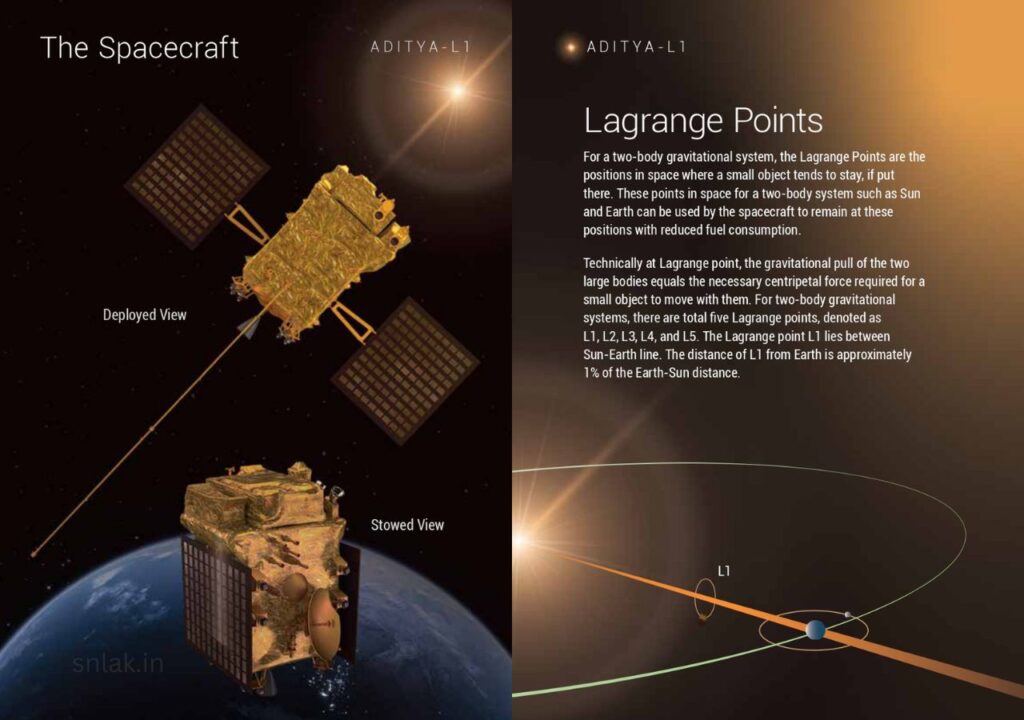
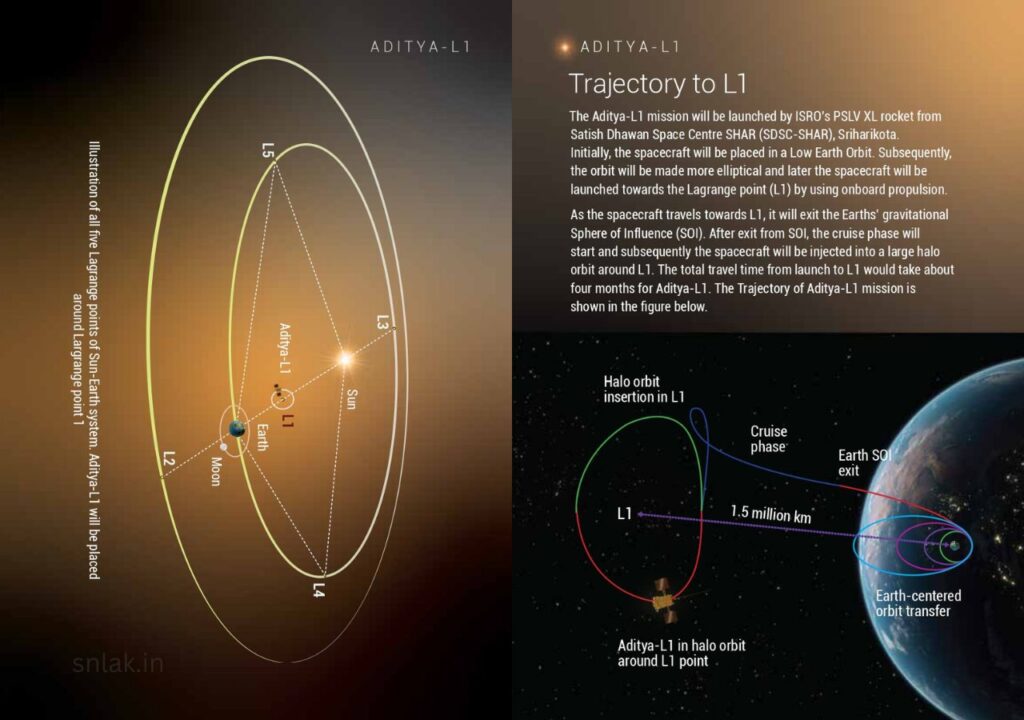

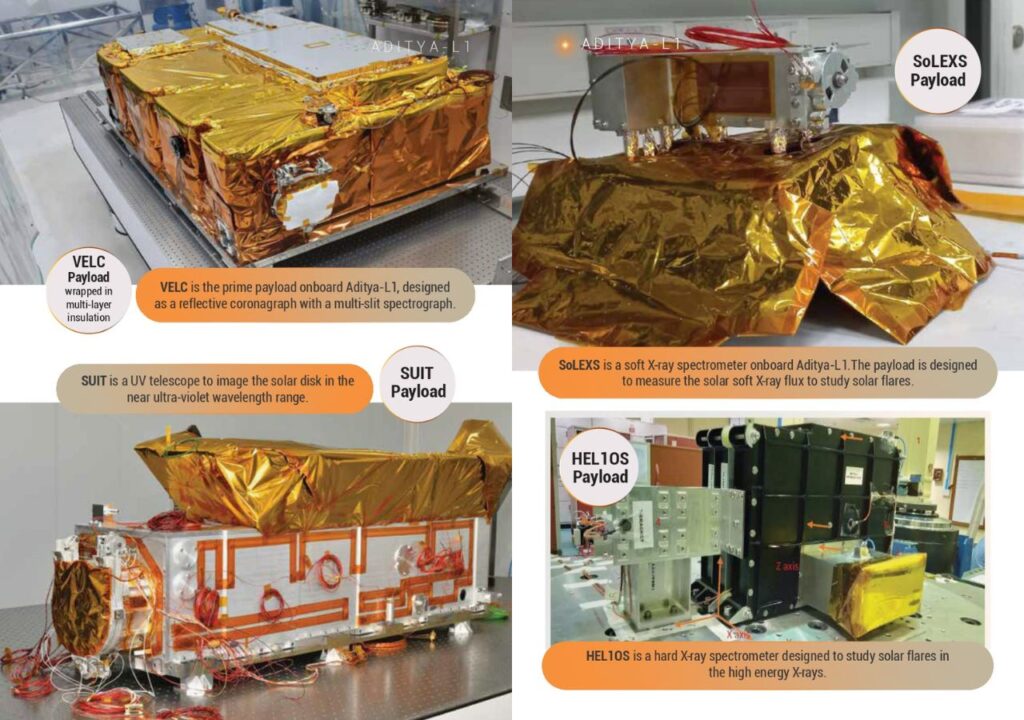
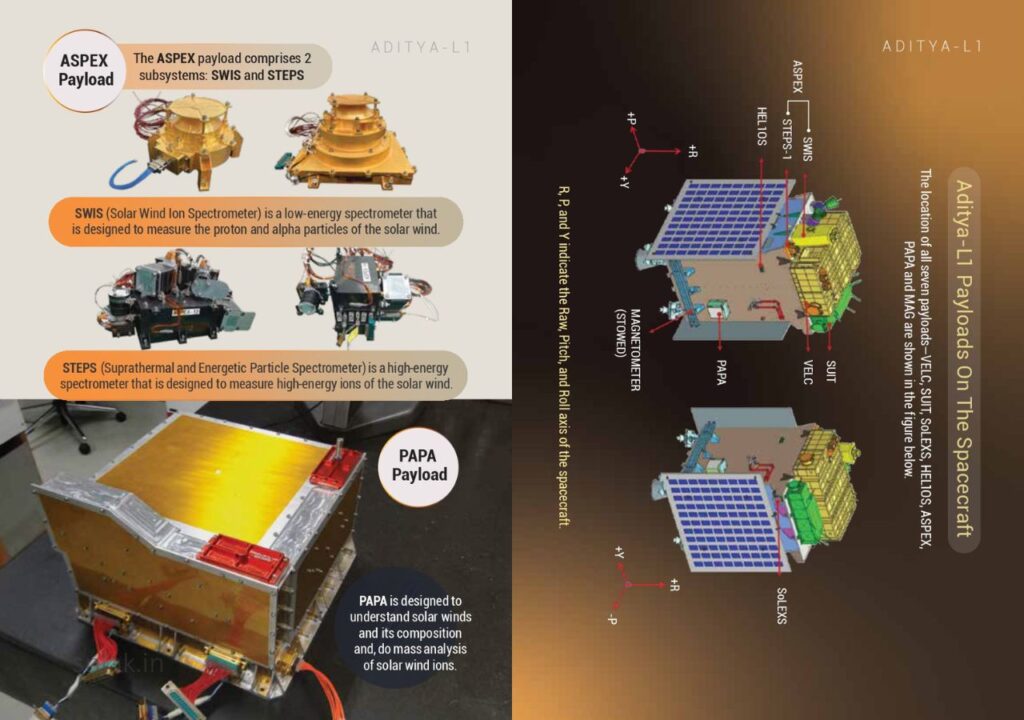
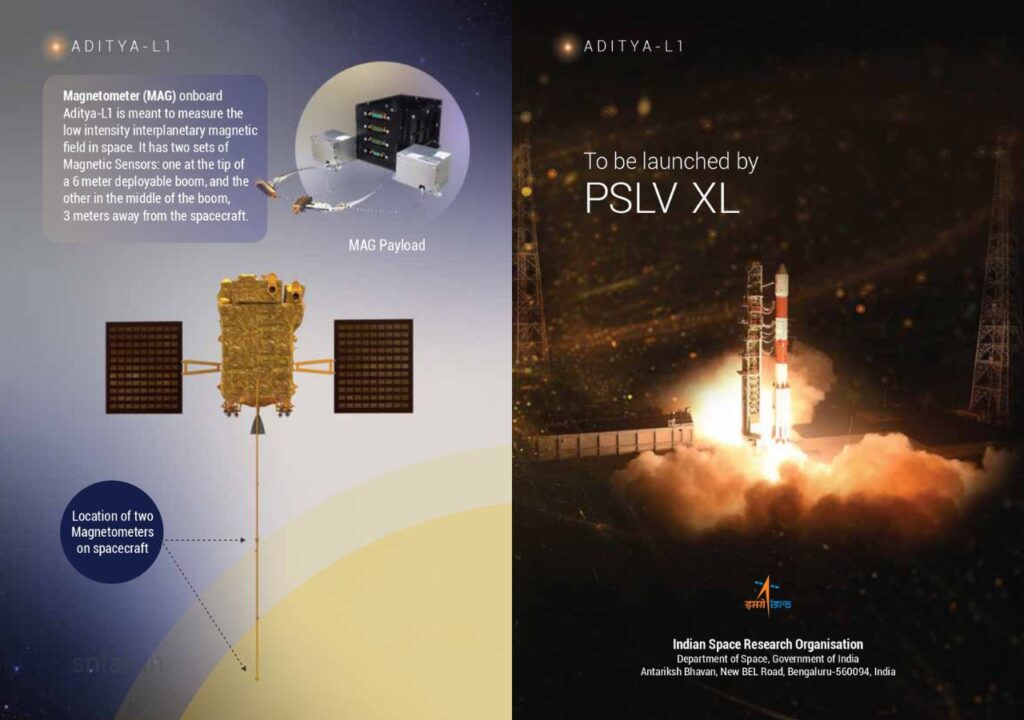
Freequently Asked Questions
What is Aditya-L1?
Aditya-L1 is an Indian Space Research Organization (ISRO) solar mission to study the Sun’s atmosphere, specifically the chromosphere and corona. The spacecraft carries seven payloads to observe the Sun at different wavelengths of light.
When will Aditya-L1 be launch?
Aditya-L1 is scheduled for launch on September 2, 2023.
Where is the orbit of Aditya-L1?
Aditya-L1 will be placed in a halo orbit around the Sun-Earth L1 point about 1.5 million kilometers from Earth.
What are the science objectives of Aditya-L1?
The science objectives of Aditya-L1 are as follows:
Study the dynamics of the solar atmosphere, especially the chromosphere and corona.
Understand the processes that heat the corona and accelerate the solar wind.
Improve our ability to predict space weather events.
What is the payload of Aditya-L1?
Aditya-L1 carries seven payloads:
Visible Emission Line Coronagraph (VELC)
Solar Ultraviolet Imaging Telescope (SUIT)
Solar Low Energy X-ray Spectrometer (SoLEXS)
High Energy L1 Orbiting X-ray Spectrometer (HEL1OS)
Magnetometer
Plasma analyzer
Energetic particle detector
How long will the Aditya-L1 mission last?
Aditya-L1’s mission is expected to last for five years.
What is the significance of Aditya-L1?
Aditya-L1 is a major step forward in our understanding of the Sun. Data from the mission will help us better understand the processes that heat the corona and accelerate the solar wind. This knowledge is critical to improving our ability to predict space weather events, which have significant impacts on Earth’s climate and technology.
What are the challenges of the Aditya-L1 mission?
Challenges of the Aditya-L1 mission include:
Harsh environment of space
The need for accurate and precise measurements
The spacecraft needs to be shielded from the sun’s radiation
What are the benefits of Aditya-L1 mission?
Advantages of Aditya-L1 Mission:
Better understanding of Sun
Improved ability to predict space weather events
Increased knowledge about solar system
What is the future of Aditya-L1 mission?
The future of the Aditya-L1 mission is to continue to study the Sun and provide us with new insights into its workings. Data from the mission will be used to improve our understanding of the Sun and develop better ways to predict space weather events.
